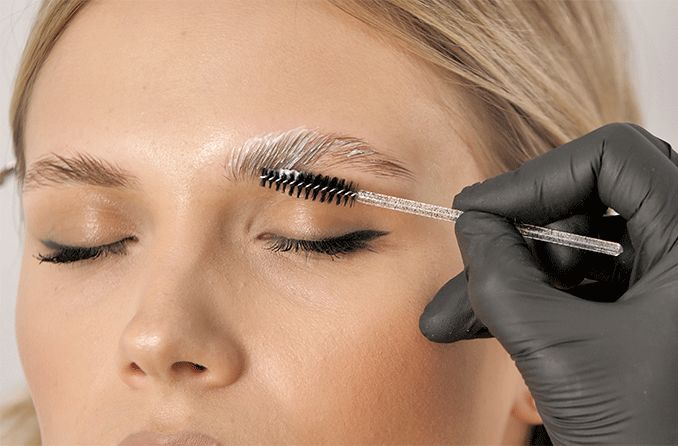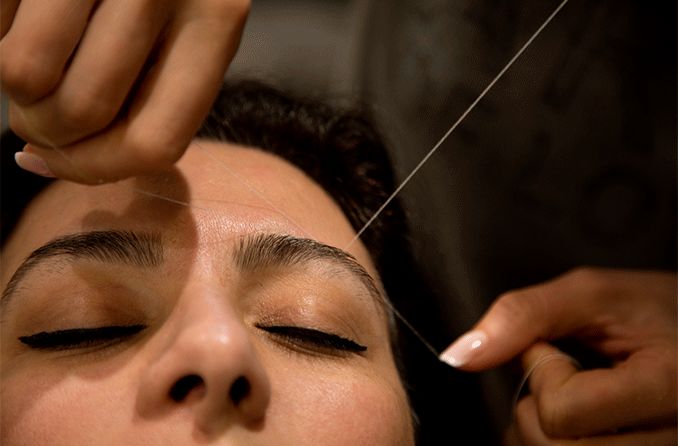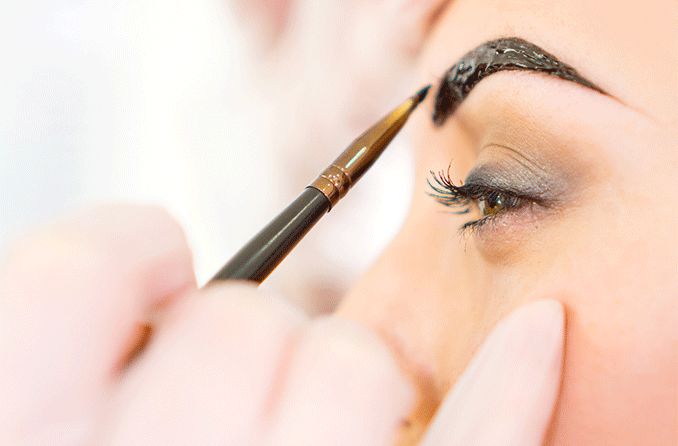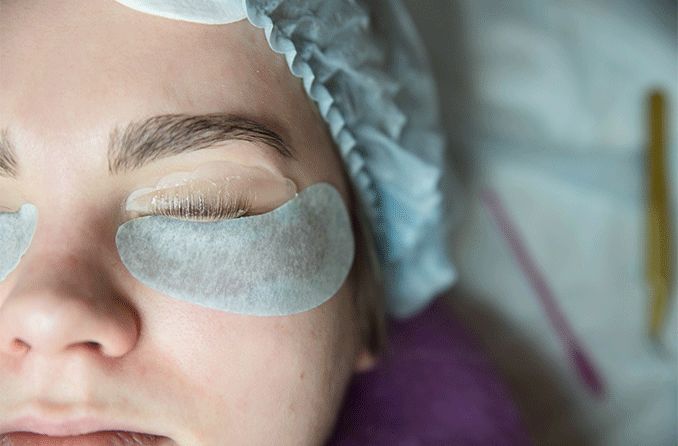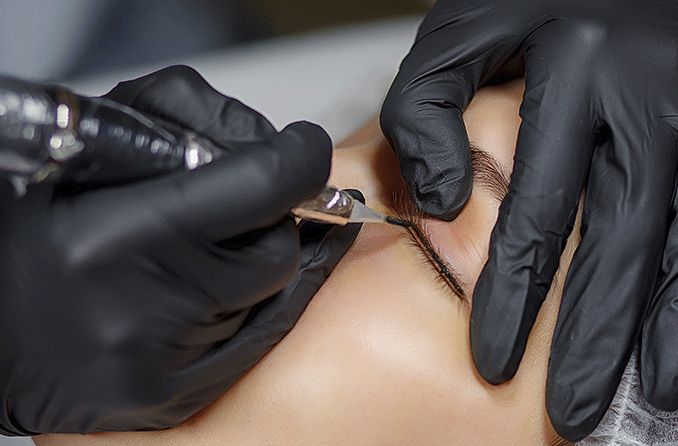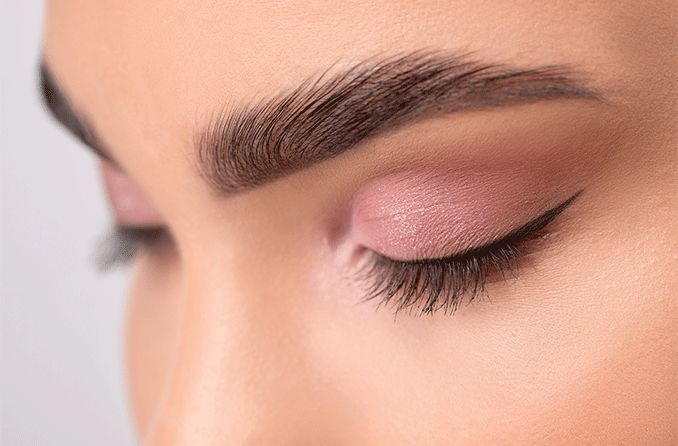What is eyebrow piercing?
Eyebrow piercing is the practice of puncturing or cutting the eyebrow area to create an opening where jewelry or ornaments can be worn. About 10% of all piercings in the U.S. are eyebrow piercings. They are generally safe if performed by a professional, but eyebrow piercings carry unique risks, such as eye infection and nerve damage.
Ear and nose piercing are very common forms of body piercing, stretching back thousands of years to the Egyptians and Greeks. Today, ears are the most popular piercing site, but other areas include the eyebrows, nose, lip, tongue, navel and genitals.
An eyebrow piercing will be placed somewhere along your eyebrow, usually either above or below it, often right at the arch. Often, a barbell, ring or dermal-anchor stud will be the decorative ornament. Dermal-anchor piercing is a method that creates a single point of opening so that one end of the jewelry shows above the surface of the skin.
What are the risks of eyebrow piercing?
Piercing carries risks, especially in the sensitive tissue around the eyes. Complications of eyebrow piercing include:
- Bacterial or viral infection
- Tissue trauma
- Infection that spreads to the eyes
- Scarring
- Bleeding, swelling and bruising
- Tearing or trauma
- Allergy to the metal jewelry or ornament
- Rejection or migration of the jewelry or ornament
Complications due to piercing can be as high as one in three. It is important, therefore, to take proper precautions and care when getting an eyebrow pierced, in order to protect your vision, comfort and health.
What happens when you get your eyebrow pierced?
Only hire a trained professional for an eyebrow piercing. Your practitioner will wear sterile gloves and lightly pull or pinch your eyebrow tissue with forceps or fingertips. Then the practitioner will pierce the tissue with a single, sterile needle. You will feel a pinch and some pressure.
Piercing eyebrows is less painful than other parts of the body such as the nose, lips, or nipples. However, there are many eyebrow nerves, and the supraorbital nerve near the middle of the eyebrow makes piercings there more painful.
You may develop bruising, swelling and a black eye after the piercing. Your piercing will take up to three months to heal. During this time, aftercare is very important as the shallow piercing is more likely to migrate or move than a piercing on many other areas of the body.
The biggest risk of eyebrow piercing is infection
An infection in the piercing site can occur when either the procedure, needle or ornament/jewelry are not sterile, or simply because the skin has been broken and common bacteria migrate into the wound. On rare occasions, the infection can spread to the eye as well. Infections are caused by viruses, fungi or bacteria.
Infections with both hepatitis B and hepatitis C have been documented from piercing.
See your doctor if you suspect the piercing site is infected and get proper care immediately.
Other common complications of eyebrow piercing
In addition to infection, other complications associated with eyebrow piercing include:
Scarring – Scarring may happen due to jewelry migration, rejection of the jewelry or improper placement. Rejection or migration are more common on the eyebrow than sites like the ear or nose, because the area is flat. Scarring on the face may be unsightly.
Allergic reactions – The most common allergy is to nickel, which can be used in alloys of gold-filled, stainless steel or gold-plated jewelry. It can cause allergic reactions, including a rash, itchiness, and red or dry skin, in those who are nickel-sensitive. Studs or earring backs are often gold-plated so may contain nickel as well. If you have an allergic reaction to a jewelry piece, it must be removed. Steroid creams may be prescribed by your doctor.
Slow healing, discomfort and pain – Eyebrow piercings can take up to three months to heal. During that time, you may experience pain or discomfort.
Nerve damage – Though rare, body piercing can cause nerve damage, resulting in pain or numbness.
Migration or rejection – Migration occurs when the piercing moves from the initial site, then settles and heals in a new location. Rejection occurs when the body expels the piercing, much like a splinter. These outcomes are more likely to occur when not enough tissue is pierced, if the jewelry is too small in diameter, or if it is made of a poor-quality alloy to which you are allergic or sensitive. Poor aftercare, not keeping the site clean, or using harsh aftercare products can also lead to rejection.
What are the safest metals for eyebrow piercing jewelry?
Popular eyebrow piercing jewelry includes rings, hoops, studs and barbell-shaped ornaments. For eyebrows, curved barbells are popular. They follow the arch of the brow and are less likely to tear or pull than a hoop.
The most common metals used in body piercing jewelry are stainless steel, gold, niobium, titanium and metal alloys. Obsidian is made of natural glass and has been used for thousands of years. Surgical stainless steel and lightweight metals like niobium and titanium rarely cause an allergic response, while nickel commonly causes allergic reactions. Check to be sure your piercing jewelry can withstand cleaning and autoclaving and that it is certified as to grade and quality.
How to protect yourself from complications
- Make sure to find an experienced piercer that follows strict hygiene and sterilization methods
- Ask your piercer if they have sterilized their needles and tools in an autoclave
- Make sure your piercer is wearing clean, sterile gloves
- Choose a high quality metal, not a cheap alloy
- Use a simple, lightweight piece of jewelry or ornament to start
Normal healing time and reactions
Eyebrow piercings can take up to three months to heal. During this time you may experience:
- Discoloration of the area and reddening.
- Swelling or hardening of the tissue around the piercing, which can last several weeks.
- Small amounts of fluid or crusting. This is typical but should not be green or malodorous.
Tips for aftercare
- Keep the area clean and do not touch it, rub it or move the jewelry.
- Use only the aftercare products your piercer has recommended. Don’t use makeup on the area.
- Rinse with sterile wound-wash saline three times a day. Dry it by gently patting with clean, disposable paper products or sterile gauze pads.
- Delay getting hair cut or colored, or eyebrows waxed during the initial healing period.
- Avoid swimming pools while healing.
- Avoid ointments, which leave a sticky residue.
Eyebrow piercing is popular among both men and women, a unisex adornment that can range from a simple bead to hoops, charms and barbells. Though some people choose to have multiple piercings across the entire eyebrow, for many, a simple piece of high quality jewelry is standard.
More cosmetic eye health articles
Canthoplasty surgery for a larger, almond-shaped eye
Lash extensions: Pros, cons and helpful tips
Eyelid surgery: What it is, how much it costs, what the risks are


